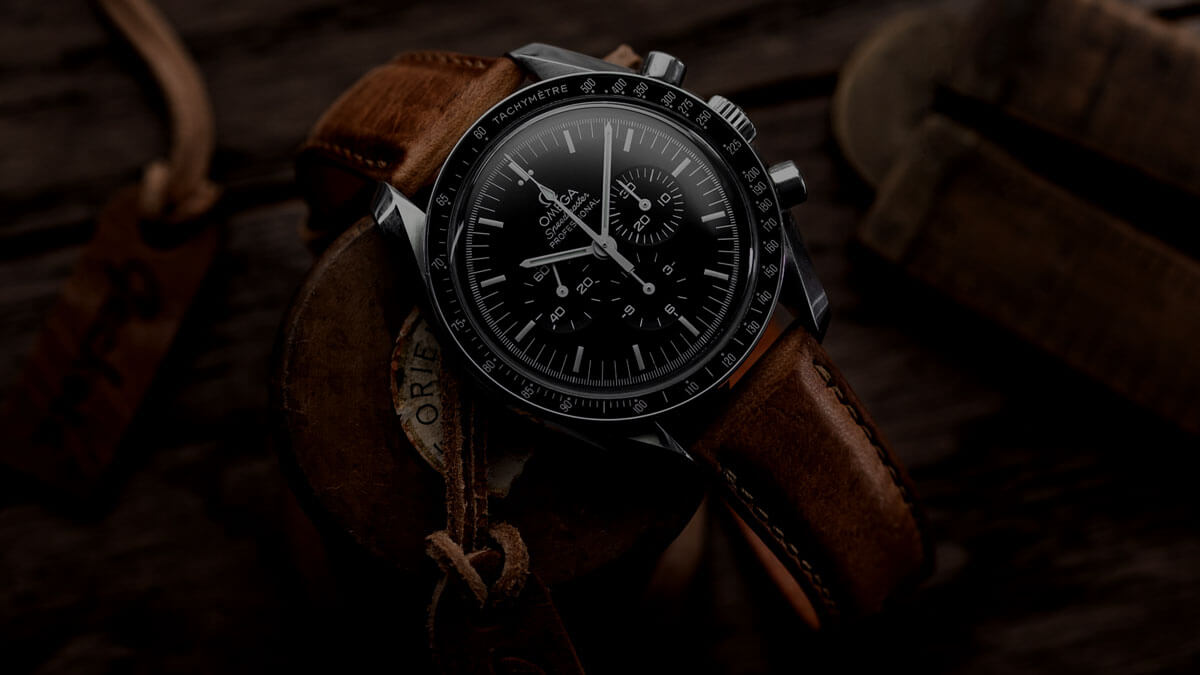

Categories
December 06, 2019 6 min read
 Tudor Black Bay 58 fitted to the Sennen NATO from WatchGecko - Image Credit - Geckota - Camera: Canon EOS 700D, Lens: Sigma Art Prime 50mm, ISO: 100, Aperture: f/3.5, Shutter Speed: 1/20 sec.
Tudor Black Bay 58 fitted to the Sennen NATO from WatchGecko - Image Credit - Geckota - Camera: Canon EOS 700D, Lens: Sigma Art Prime 50mm, ISO: 100, Aperture: f/3.5, Shutter Speed: 1/20 sec. Geckota G-01 Rust Dial - Image Credit - Geckota - Camera: Canon EOS 700D, Lens: Sigma 105mm, ISO: 100, Aperture: f/5.6, Shutter Speed: 1/10 sec.
Geckota G-01 Rust Dial - Image Credit - Geckota - Camera: Canon EOS 700D, Lens: Sigma 105mm, ISO: 100, Aperture: f/5.6, Shutter Speed: 1/10 sec. Camera: Canon EOS 700D, Lens: Sigma 105mm, ISO: 100, Aperture: f/4, Shutter Speed: ⅓ sec.
Camera: Canon EOS 700D, Lens: Sigma 105mm, ISO: 100, Aperture: f/4, Shutter Speed: ⅓ sec. Camera: Canon EOS 700D, Lens: Sigma 105mm, ISO: 100, Aperture: f/4, Shutter Speed: 1/100 sec.
Camera: Canon EOS 700D, Lens: Sigma 105mm, ISO: 100, Aperture: f/4, Shutter Speed: 1/100 sec. Omega Speedmaster fitted to the Kington Short Leather Strap - Image Credit - Geckota - Camera: Canon EOS 700D, Lens: Sigma 105mm, ISO: 100, Aperture: f/4, Shutter Speed: 1/25 sec.
Omega Speedmaster fitted to the Kington Short Leather Strap - Image Credit - Geckota - Camera: Canon EOS 700D, Lens: Sigma 105mm, ISO: 100, Aperture: f/4, Shutter Speed: 1/25 sec. Warm Tungsten Lights - Image Credit - Geckota - Camera: Canon EOS 700D, Lens: Sigma Art Prime 50mm, ISO: 400, Aperture: f/1.8, Shutter Speed: 1/125 sec.
Warm Tungsten Lights - Image Credit - Geckota - Camera: Canon EOS 700D, Lens: Sigma Art Prime 50mm, ISO: 400, Aperture: f/1.8, Shutter Speed: 1/125 sec. Cooler Fluorescent Lights
Cooler Fluorescent Lights Image Credit - Geckota - Camera: Canon EOS 700D, Lens: Sigma Art Prime 50mm, ISO: 400, Aperture: f/3.5, Shutter Speed: 1/800 sec.
Image Credit - Geckota - Camera: Canon EOS 700D, Lens: Sigma Art Prime 50mm, ISO: 400, Aperture: f/3.5, Shutter Speed: 1/800 sec. Image Credit - Geckota - Camera: Canon EOS 700D, Lens: Sigma Art Prime 50mm, ISO: 200, Aperture: f/3.5, Shutter Speed: 1/100 sec.
Image Credit - Geckota - Camera: Canon EOS 700D, Lens: Sigma Art Prime 50mm, ISO: 200, Aperture: f/3.5, Shutter Speed: 1/100 sec.
October 30, 2025 2 min read
Read More
October 04, 2025 3 min read
Read More
October 02, 2025 3 min read
Read More
About the Author: Alice Anderson
About the Author: Alice Anderson
I'm the Photographer here at WatchGecko. My love of watch photography has become a bit of an obsession, where every day I can expand my creativity whilst working with some really interesting watches that keep my passion alive.
More Articles by Alice Anderson